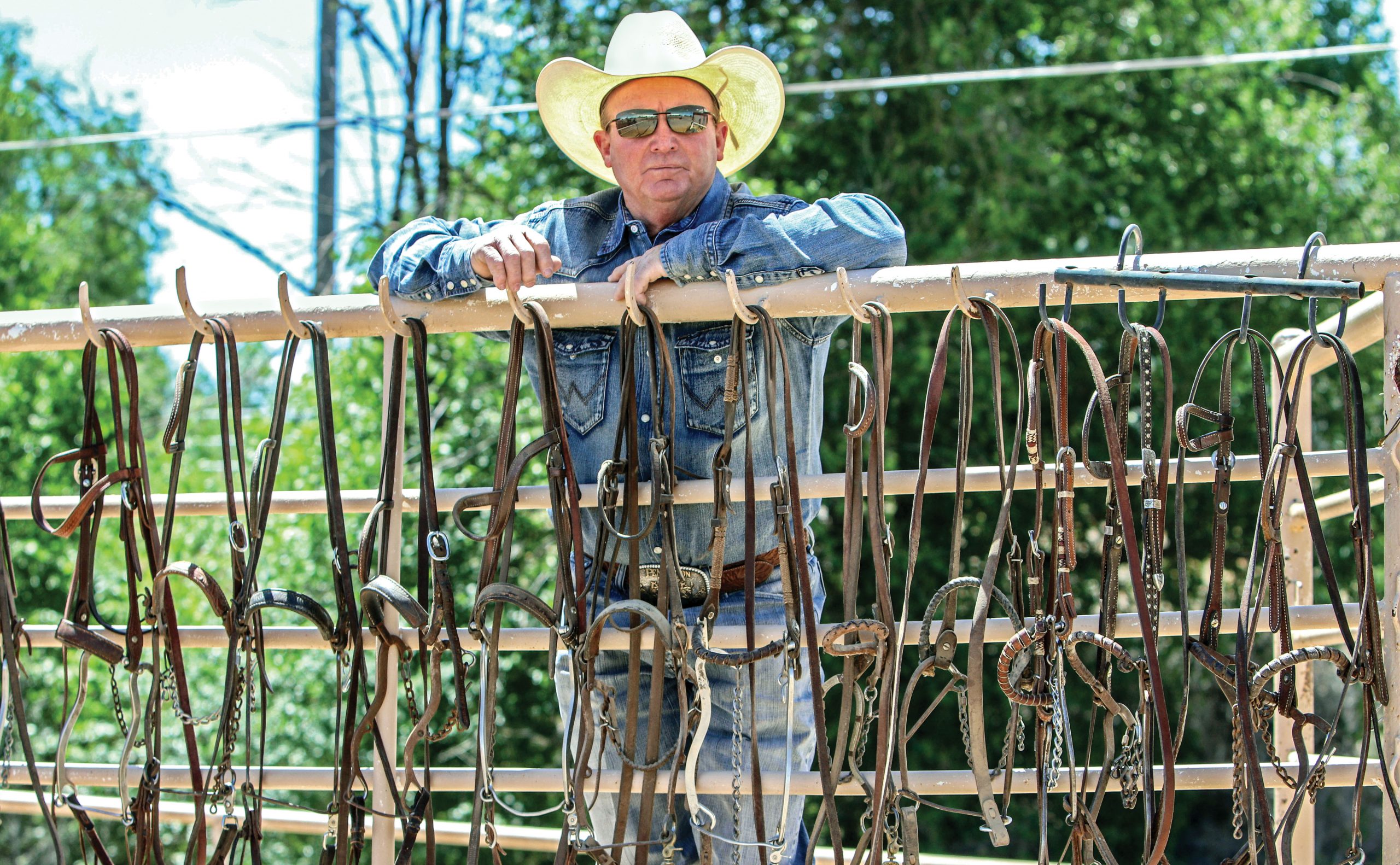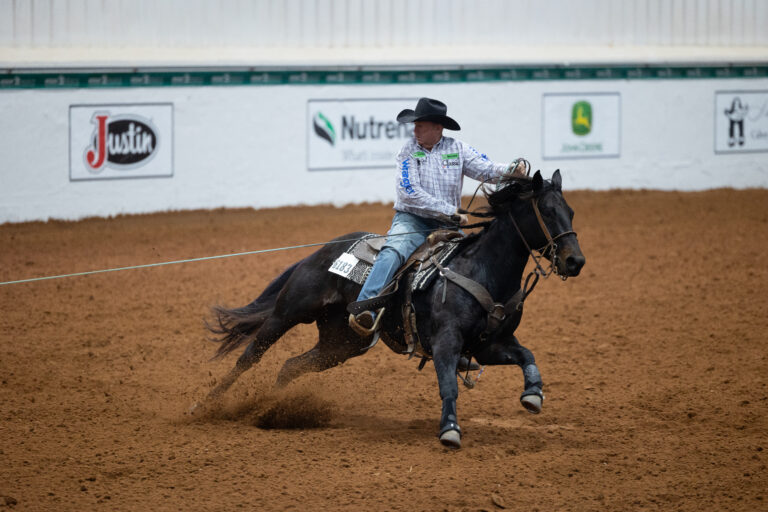J.D. Yates is the undisputed king of the modern era of the mechanical hackamore —a tool he has relied on to win AQHA world titles, clinch major rodeo victories and amass some 21 National Finals Rodeo and 11 National Finals of Steer Roping qualifications. Why does he prefer to ride his horses without a bit in their mouths and how does he make some of the best horses in the world that way? He’ll tell you his secret is that there’s no secret at all, but there’s more to it than the master lets on.
Early Hackamores
Historians estimate that the hackamore first emerged as early as 4,000 B.C.—not long after humans domesticated the horse—in the form of a rope around the nose that evolved from the devices used to control camels. Persians refined the method around 500 B.C., even adding a third rein to help the horse flex, achieve collection and bend at the pole. Fast forward two millennia, and the Spanish vaqueros in California introduced the jaquima (meaning headstall or halter) as what’s now a modern rawhide bosal.
The Godfather of the Bosal
While Yates’s legendary National Finals Rodeo header father Dick had often used mechanical hackamores, Yates grew to appreciate them even more while learning from late National Reined Cow Horse Association Hall of Famer Benny Guitron in California—where the original vaqueros mastered the bosal with its mecate rein.
“I learned from Benny how to really use one and adjust it for the best response from the horse,” said Yates, who first made the NFR heeling for his dad at 15. “I went out there to work and we rode not the mechanical hackamore, but a bosal. I related a lot of that to a mechanical hackamore, and I got a lot of response. He got on me every day for something. That was my job, to do whatever he told me to do and how to do it.”
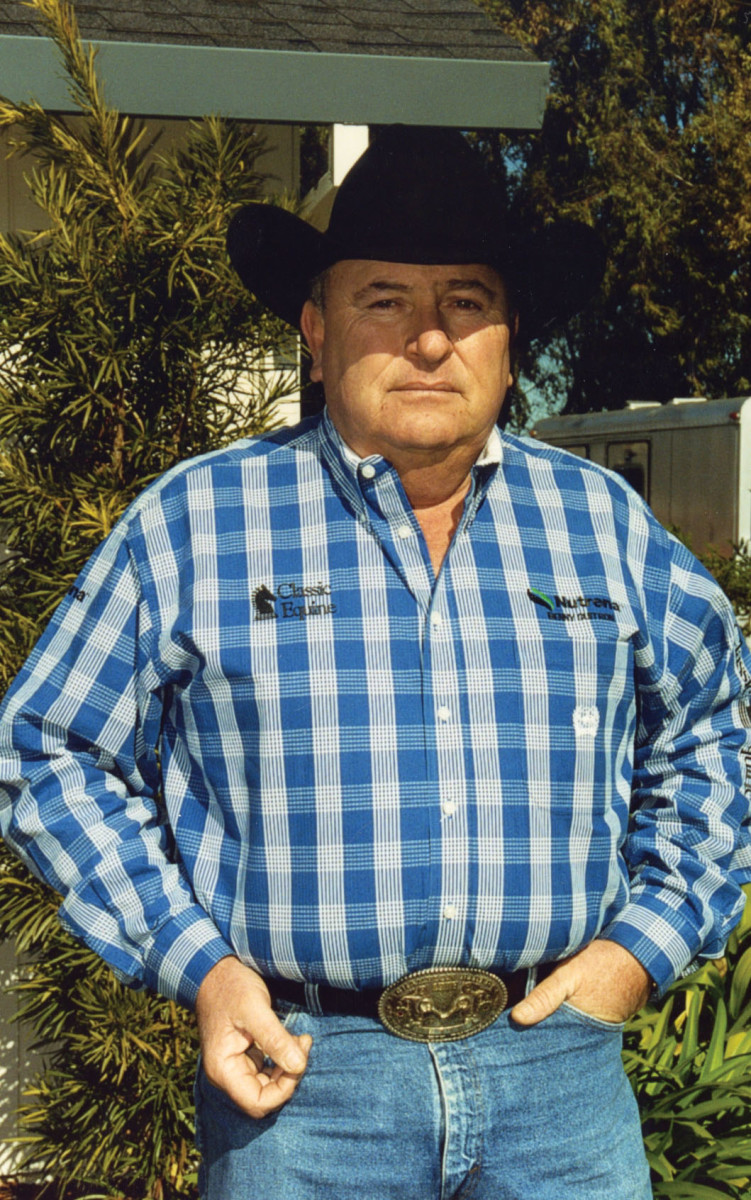
Developing the Feel
As Yates went out on his own in the horse industry, he came to better understand how he could add mechanical hackamores to his program.
“It’s just like every other bit to me,” Yates said. “You develop a feel for that horse with that hackamore. I’ve developed a feel with a bit. I’ve developed the same feel with that hackamore.”
Not every horse likes a hackamore, Yates said, and they usually don’t like them right away. One mistake many horsemen make with a hackamore is not giving the horse enough time to adjust to its different pull.
“The first time you hang one on a horse, he’s not going to like it,” Yates cautioned. “It’s a process, and 90% of people put horses in a bit because everyone breaks horses in a snaffle. Horses broke in a bosal are easier, of course, but either way, you’ve got to spend some time introducing a mechanical hackamore. You expect to have the results like when you put a bit on after a snaffle. I teach them to back up with it so they don’t root out on you first.”
Hackamores also require a slightly different curb adjustment to keep horses from having a negative reaction to the pressure.
“Most people ride them with a chin strap too tight,” Yates said. “If the curb is too tight, the nose doesn’t work before the chain works and horses fight it.”
Some ropers put a hackamore too low on a horse’s nose, constricting the horse’s breathing and even potentially damaging cartilage.
“If you put it on right, then the curb chain sits above where it does on a bit. It’s more sensitive and not near as numb,” Yates added.
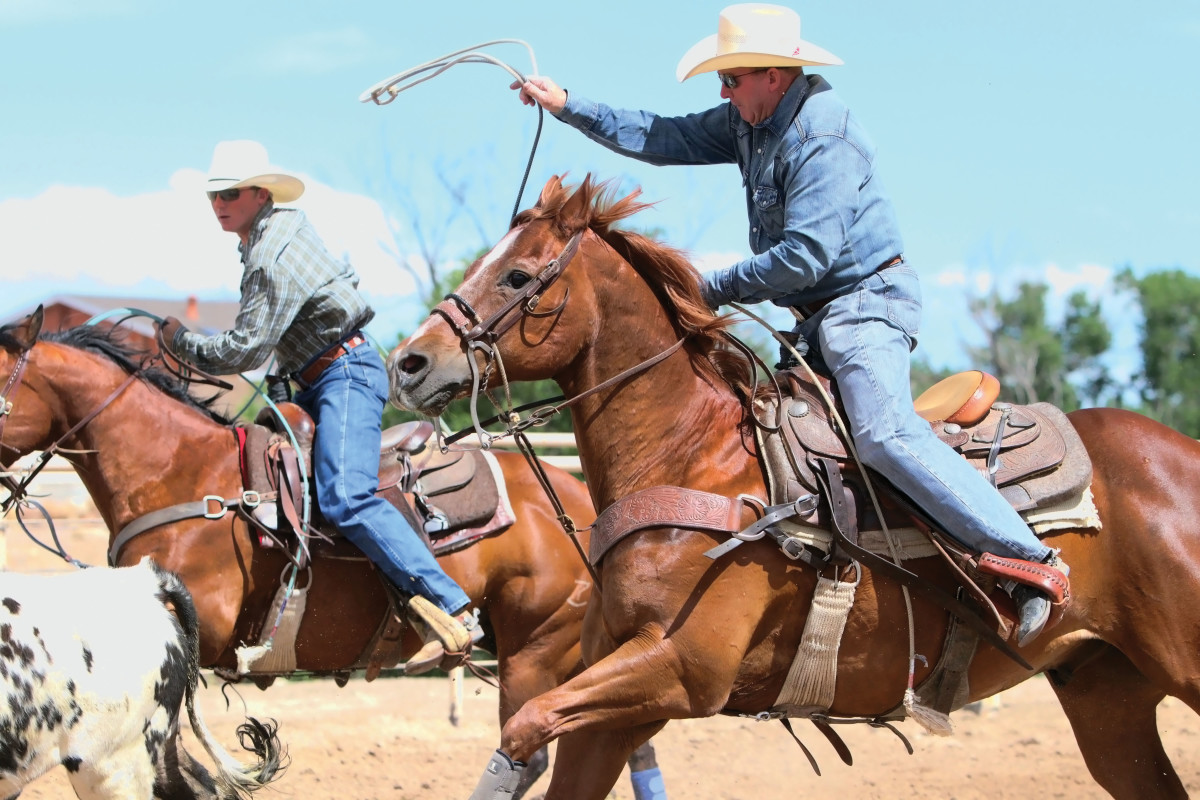
TRJ File Photo/Kaitlin Gustave
When to Try One
Yates often rides a horse after other trainers or colt starters, riding ones that have already had other hands on their mouths.
“A lot of times I don’t like to ride horses as strong in my hand as a lot of people,” Yates said. “I don’t want them pulling on me as much, and most people haven’t rode a hackamore on them already, so it’s a soft, tender place that a horse hasn’t felt much pressure. It gets a lot of response where a lot of horses get dead-mouthed the more they’re ridden with a bit. I want to have complete control and complete response. So if they’re dead-mouthed with a bit, I have another game plan to go to.”
Hackamores don’t fit every horse and every scenario, of course, but Yates particularly prefers them on horses with too much flexion through the pole—meaning horses that want to get under a bit or horses with a strong reining background.
“Basically, other than bending their necks, I want my horses to be in a straight line,” Yates said. “I can get one in the bridle with a hackamore as easily as I can a bit.”
Nearly every horse at the Yates compound can pack either a hackamore or a bit, and Yates likes to switch it up on his horses to keep them soft and fresh. Yates showed Romancing the Chicks—the bay gelding on which Trey Yates won the average at the 2018 NFR—in a hackamore, but Trey is more comfortable on him in a bit.
Not to mention, hackamores rarely cause a horse to gap his mouth—a less desirable action in the show pen—than a bit, an added bonus for a guy who can already make one work just as sharp in a hackamore.
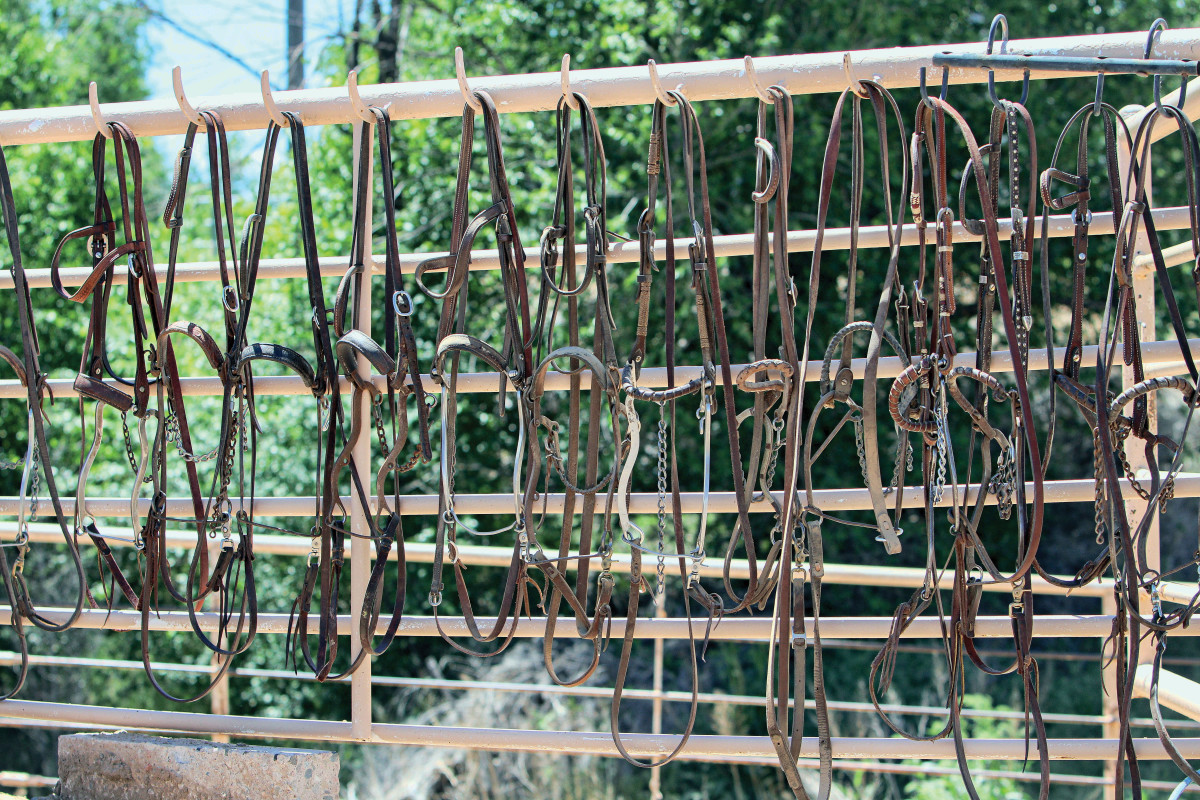
TRJ File Photo/Kaitlin Gustave
Flat-Nose vs. Round-Nose Hackamores
Flat-Nose: Flat-nose hackamores go across the nose of the horse like a flat leather tie-down, and generally has less bite.
Round-Nose: Round-nose hackamores are more like rope tie-downs, with a rolled piece across the horse’s nose. These generally have more bit, more sting.
The length of the shank on the hackamore determines the severity.
Hack Facts
• Hackamores are designed to work with pressure points on the nose as opposed to the bars of the mouth like bits do.
• Shank length on a hackamore affects the leverage it has, just like a bit.
• The Tex Rudolph mechanical hackamore is a favorite at the Yates compound and among cowboys everywhere. While no longer available—anyone who has one is holding onto it closely—makers like Gordy Alderson, Classic, Bruce Cheaney and Billy Klapper all make top-of-the-line hackamores today.




